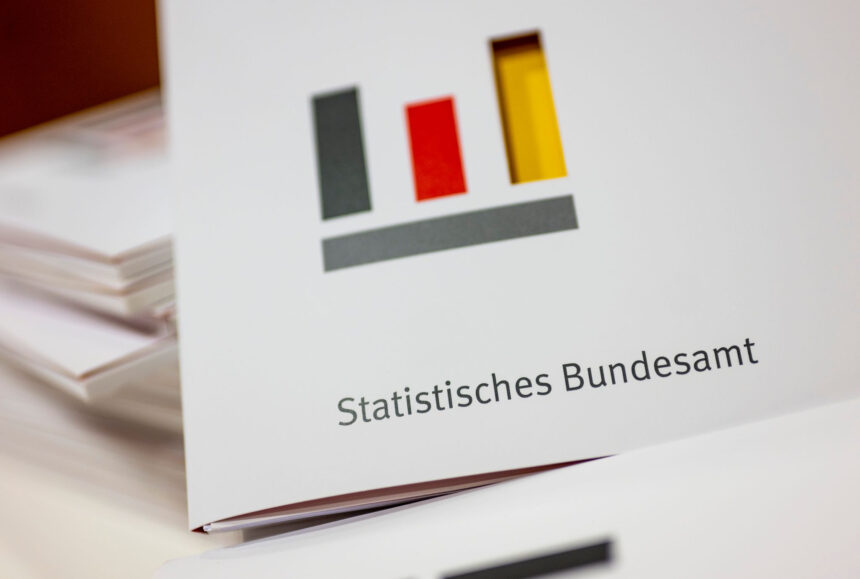Many sectors of the German economy would struggle to function without employees with a migration background, according to official figures released on Wednesday.
Germany’s Federal Statistical Office said 60% of welding and joining technicians had an immigrant background in 2024. This also applies to over half (54%) of chefs and food production workers.
The figures are based on an evaluation of the 2024 microcensus, and they show that in the economy as a whole, just over a quarter (26%) of employees have an immigrant background.
The Federal Office definition of “immigrant background” includes people who came to Germany themselves and those whose parents immigrated to the country after 1950.
Only small proportions of immigrant workers are found in shortage occupations in the emergency services (8%), the justice system (9%) and agriculture (15%).
Outside of shortage occupations, people with a migrant background also rarely work in the police force, public administration, schools or the tax office.
In terms of economic sectors, the proportion of migrants is particularly high in the catering industry, building cleaning, accommodation, warehousing and courier services.
An above-average number of people with a migrant background work in the two large sectors of elderly care and automotive manufacturing, each with more than 1 million employees in Germany, at 32% in each case.
They are under-represented in the public sector, insurance companies and agriculture. In the education and teaching sector, too, the number of migrants employed is below average, at 17%.


















